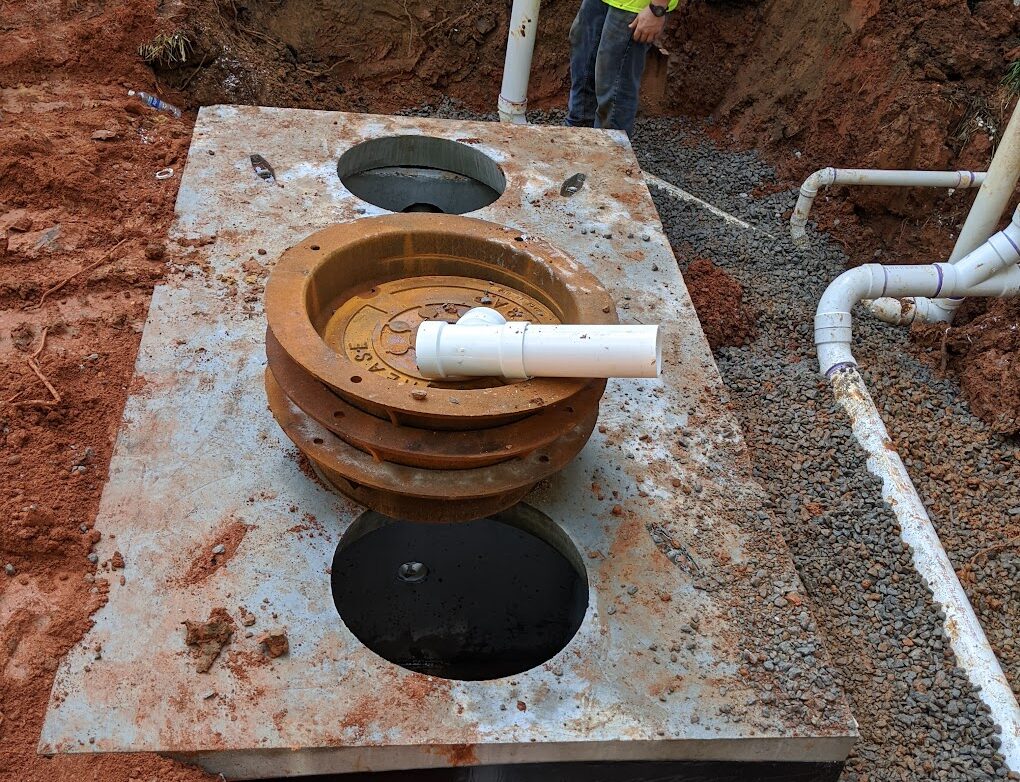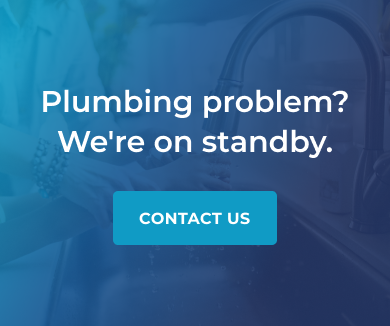
Sewage Pump vs. Sump Pump: What’s the Difference?
Jun 26, 2025
With so many plumbing solutions out there, it can be hard to determine which ones are right for your home. This is especially true when it comes to similar-sounding items, such as sump pumps and sewage pumps. While these two things definitely sound similar, they actually serve very different purposes. Depending on your needs, you may need one or both in your home. Take a closer look at the differences between sewage pumps vs. sump pumps.
What Is a Sump Pump?
Think of a sump pump as part of your home’s waterproofing system. It’s a device that helps keep rainwater and groundwater from flooding low levels of your property (such as your basement or crawl space).
Heavy precipitation can easily saturate the ground around your home’s basement. When this occurs, it becomes much easier for that water to penetrate into your home. This creates the risk of structural damage, flooding, mold and other issues. Given that this isn’t something anyone wants, you’ll need a way to control the flow of water. That’s where the sump pump comes in. The pump will work to capture this water and force it away from your home.
With sump pumps, the pump itself resides within a sump (i.e., a hole) dug beneath the lowest level of your home. As it rains, the water level within the sump hole will rise until it triggers a switch that turns on the pump. The pump will then suck the water into a discharge line and drain it away from your property. By doing so, it will help keep your low-lying spaces clean, dry and sanitary.
What Is a Sewage Ejector Pump?
Like sump pumps, sewage ejector pumps (also known as sewage pumps) help remove unwanted materials from your home. However, they focus on removing waste rather than precipitation. They usually come into play when your space has plumbing (e.g., toilets, showers, sinks) located below the main sewer or septic line.
In low-lying plumbing, liquid or solid waste can’t use gravity to travel downward to the main sewers. It might need a little extra help. A sewage ejector pump will help capture this waste and force it where it needs to go. It’s basically the same principle as using pressure to make water flow uphill. In short, without the help of the sewage pump, your basement bathroom might be susceptible to messy backups.
Key Differences Between Sewage and Sump Pumps
Yes, sewage pumps and sump pumps are both pumps that help direct unwanted water away from your home. However, their key differences include the types of waste they handle, their placements and where they dispose of the water they collect.
| Sewage Pump | Sump Pump | |
| Purpose | Move wastewater, including solids, from a lower level (e.g., basement) to the main sewer line or a septic system. | Remove unwanted water from a space—usually a basement—to prevent flooding and water damage. |
| Waste Type | Can handle wastewater containing solids, including sewage. | Primarily deals with clear water, such as groundwater, rain runoff or water from drainage tiles. |
| Location | Installed near a bathroom or other area where wastewater originates. | Typically installed in a pit (sump pit) in the basement floor. |
| Key Feature(s) | May include a grinder to break down solids, and a vent pipe to release sewer gases. | Often includes a float switch to automatically activate the pump as water levels rise. |
| Discharge | Typically discharges to the main sewer line or a septic system. | Should discharge outside the house, ideally to a yard or storm sewer, not into the sanitary sewer. |
Which One Do You Need?
Because sump pumps and sewage pumps have different purposes, it’s possible your home needs both. For example, if you don’t want water to intrude into and damage your basement, a sump pump might come in handy. If that basement also has a toilet, sink or other plumbing, then a sewage pump might be necessary. Still, not all low-lying spaces need these solutions. It’s best to consult a plumbing expert when determining whether to install them.
Pump Installation & Maintenance Considerations
It’s important to leave pump installation and maintenance to professionals. If your sewage pump or sump pump isn’t installed properly, it may fail to appropriately capture water or waste and direct it away from the property. This could leave your space vulnerable to water intrusion.
There is a vast array of sump pumps and sewage pumps on the market. Each functions in slightly different ways. Depending on your space and water removal needs, one design might be better for you than another. Having the right pump in the right place can also optimize its performance and lifespan. When you work with a professional to select and install your pump(s), they can help you evaluate different factors when matching the right pump with the right space. They can also help you determine the included features and complexity of your system, both of which can affect the price.
Signs You May Need a Pump Replacement or Repair
Like all machinery, sewage pumps and sump pumps may experience periodic issues. The biggest sign of problems with these systems is if you notice water intrusion into spaces they’re supposed to protect. Other indicators of problems include unusual noises, frequent cycling or failure of your systems to turn on or off. At this point, calling in a dedicated service provider like CK’s Plumbing is usually your best option. Your technician will have the skills and expertise to assess any issues and recommend appropriate repairs.
Choose CK’s Plumbing in Raleigh for Reliable Pump Services
Although they sound similar, sump pumps and sewage pumps have different roles in managing your home’s plumbing and drainage. If you want to ensure your basement or crawl space remains dry, having one or both of these devices installed might be just the key. If you’re ready to get started, CK’s Plumbing and Backflow is the greater Research Triangle’s most trusted source of all things sump and sewage pumps. Contact us today, and we’ll be ready to help!

